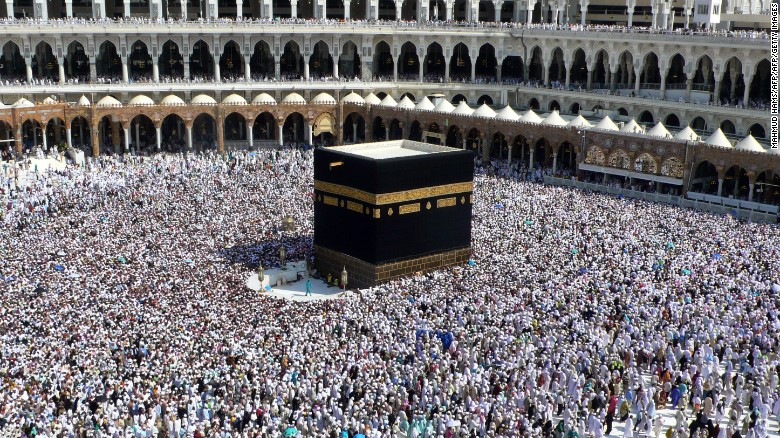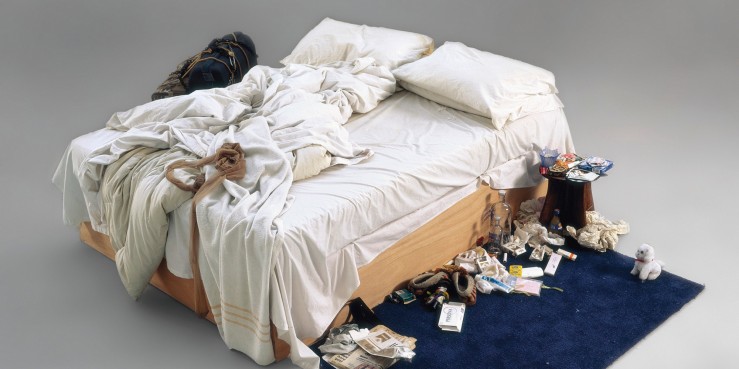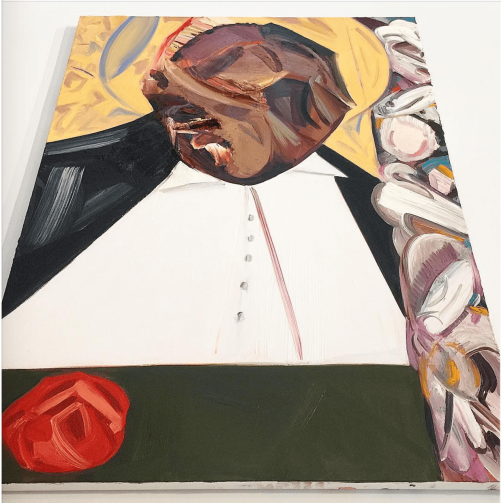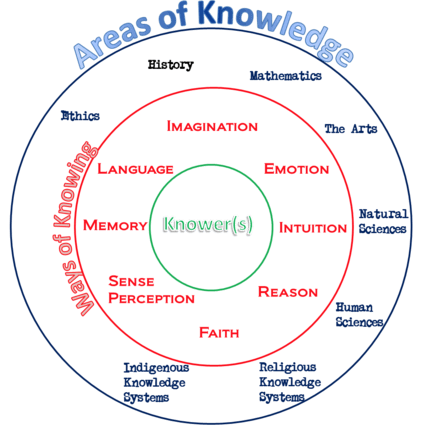Imagine waking up one morning to discover that you have lost your memory. After a few minutes of blind panic, you begin to examine the room you find yourself in. You discover a scribbled note which says ‘Meet George, Piccadilly Circus, 9:30.’ You glance at the clock. It is 8:00 a.m. Since you don’t want to tell anyone about your predicament, you give yourself an hour and a half to work out who you are from the contents of what is clearly your bedroom and make it to Piccadilly Circus to meet George– whoever he is…
If you find yourself in the presented situation, to what extent do you think you would be able to reconstruct your identity by examining the objects in your room? What problems would you experience in trying to do this, and how similar are they to those facing a historian?
I first check my nightstand drawer. Inside I find notepads, pens, a pack of sour patch kids, and headphones. Three books are stacked atop the nightstand along with a picture frame in which I recognize myself as the person in the center, but I do not recognize the other 10 people in the picture. I would be able to extrapolate that I was the person in the photo, from a couple years back. If I checked the second drawer in my nightstand I would find my camera, in which I would able to find pictures from the past month– in Rio, California, Hawaii, Japan, Washington DC, New York, and Boston. Recurring figures in the pictures who bear a resemblance to me I might be able to pinpoint as family members, however more distant family members and friends I wouldn’t be able to recognize. I might even be able to guess my nationality based on the fact that I speak English and based on the locations in my photos.
The most useful things in my search would probably be my phone and laptop which would give me a list of contacts– some of which have my same last name (I could probably gather my own name from the list of contacts as well). Other useful tools would be social media pages which could give me my age, nationality, and places I’ve lived including what country I’m currently residing in. I could also scroll through photos of the past few years of my life dating as far back as 2014. Pictures taken over long periods could suggest that I didn’t only visit that place but that I’ve lived there in the past. Email correspondences could also be extremely useful in piecing together an idea of what my life has been like. If I made my way to the bottom-most shelf I would find a memory box full of pictures I’ve drawn, awards won, pieces of writing, as well as more photos of me with friends and family members. At the back of my closet I could perhaps find a photo album from the summer of 2014, including photo captions which could identify other friends and family members.
On my walls are posters of movies, musicians, and tv shows I like and several Paris-themed posters which could indicate that I have lived there. I also have a Moroccan painting on my wall which could suggest I have a connection to that country. If I opened my closet I would find letters from friends which could also be helpful in piecing together the places I’ve been, along with postcards and tickets stubs from places I’ve visited.
Some difficulties which I would experience would probably be that a lot of the evidence in my room could imply certain things about my identity, and I could probably find evidence to strongly support certain implications, but with only the evidence from my room most things about my identity would remain implications. This is also a problem historians face, as it can be difficult to definitively prove certain aspects of history. It might also be difficult to interpret the correct meaning from certain pieces of evidence, as more often than not a single piece of evidence could lead to the construction of several different narratives. If I don’t remember having experienced the years prior to 2018, there might be an increased level of difficulty in being able to piece together why I don’t have pictures on my phone prior to 2014 for example or why I don’t have emails before 2010. This is an obvious problem historians experience, as they often have to piece together time periods of which there are no living witnesses.





